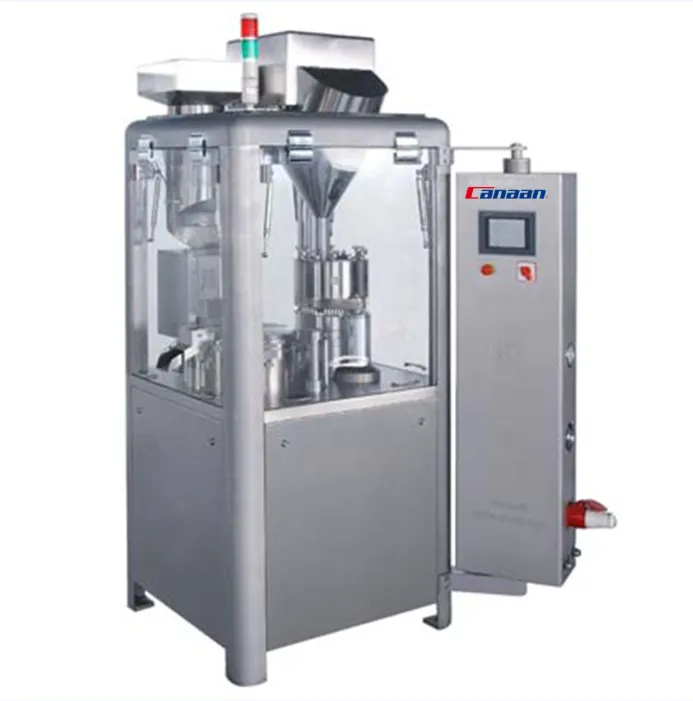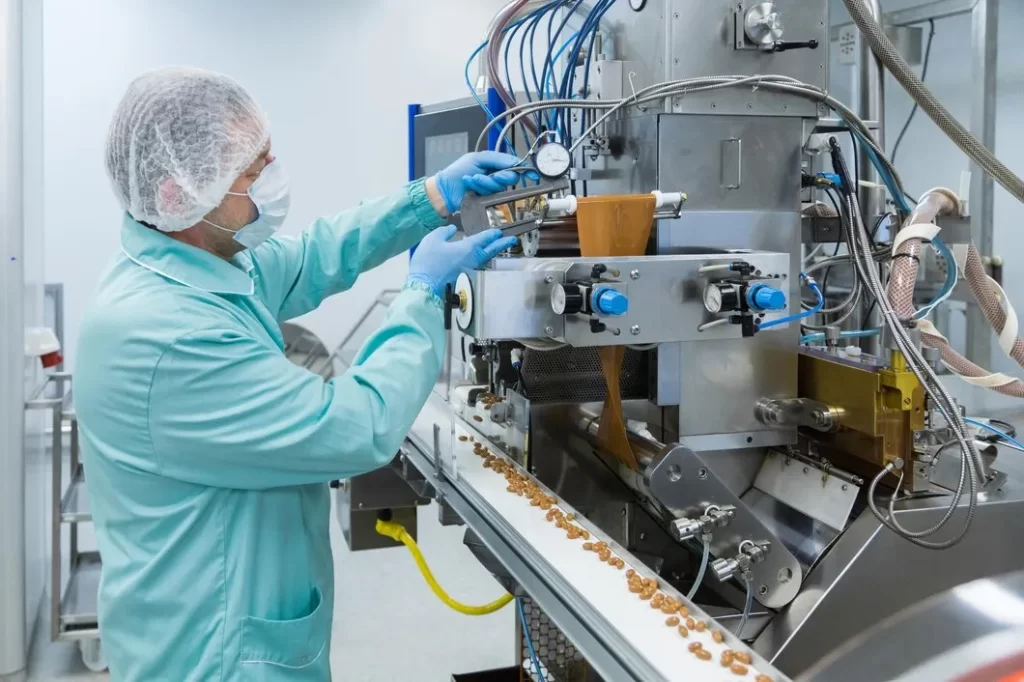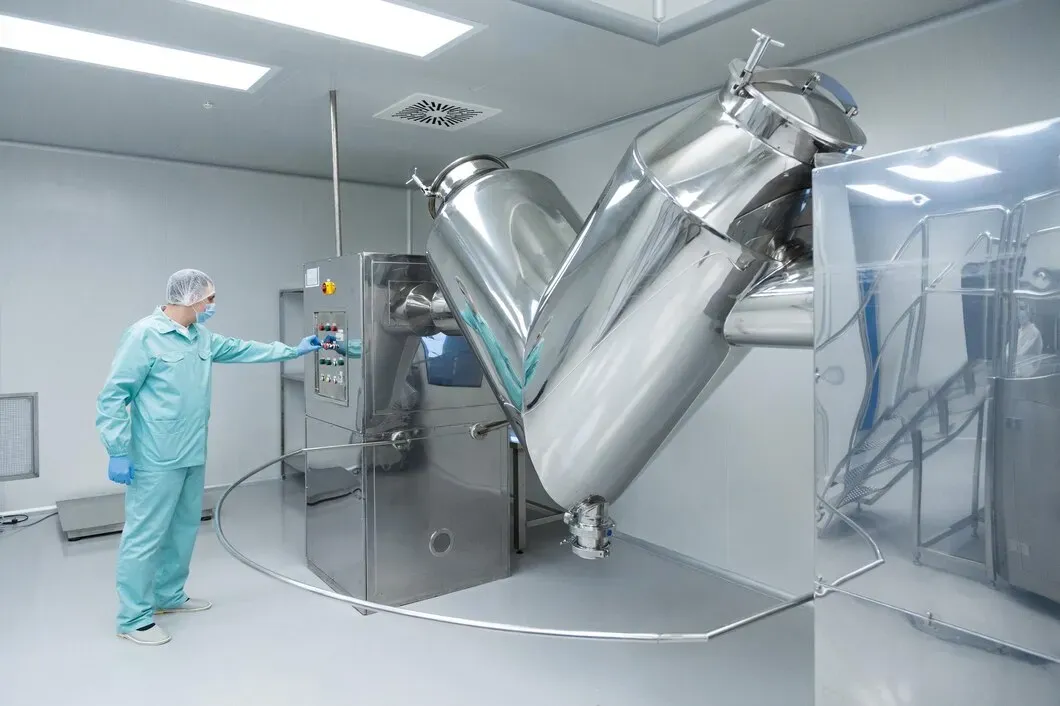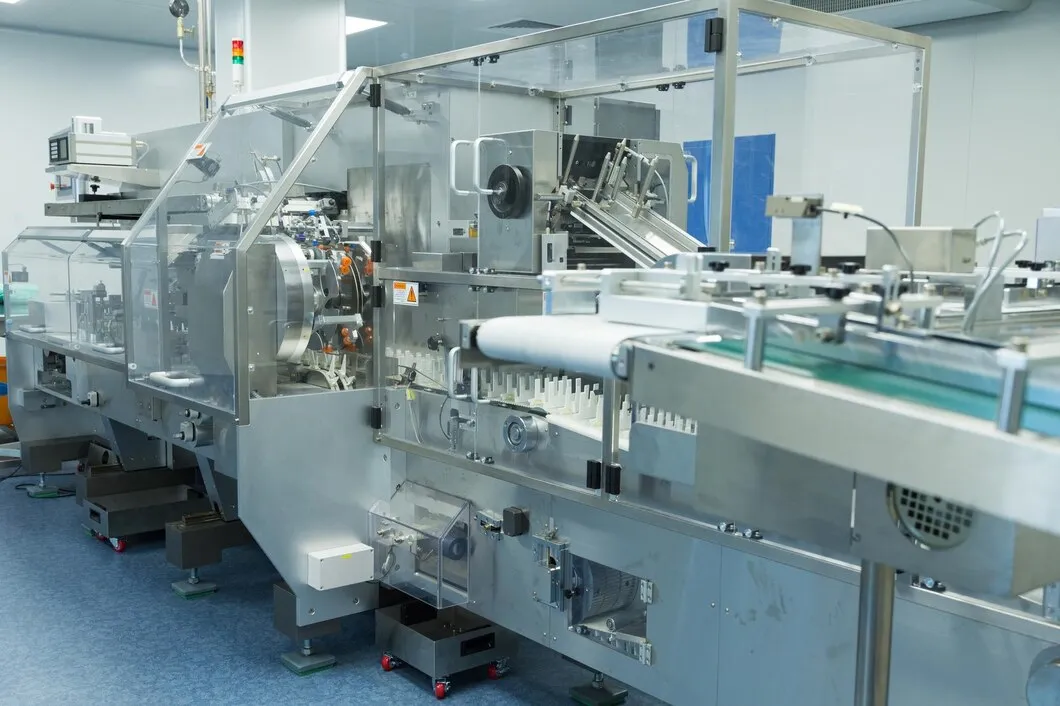If you’re here, you’re likely looking to understand how capsule production actually works—from the inside out. Maybe you’re planning to scale up, upgrade your machinery, or simply need a clearer view of the full process before making a decision.
Either way, this breakdown will walk you through each stage, with no fluff—just the steps that matter in real-world production.
Table of Contents
Production starts with the capsule shell. Most shells are made from gelatin or HPMC, depending on whether you’re working with standard or plant-based formulations. The chosen material is heated and turned into a liquid.
Metal pins are dipped into this liquid to form capsule halves. These are then dried in carefully controlled conditions. Once hardened, they’re trimmed and separated—ready to be filled.
Next comes the product that goes inside the capsule. Active ingredients are blended with excipients to improve flow, stability, and consistency. Depending on the formulation, this may involve dry mixing or wet granulation.
The goal here is uniform particle size and weight. That ensures each capsule contains the exact amount of active substance, which is critical for safety and compliance.
Once the powder or granules are ready, the empty capsules go into a filling machine. These machines separate the capsule cap and body, fill the bottom half with the product, then close the capsule.
High-speed capsule fillers can handle powders, pellets, tablets, or even liquids—depending on your setup. For larger operations, automation is key to maintaining speed and reducing waste.
Canaan’s NJP 시리즈 자동 캡슐 충전 기계 is designed for exactly this stage—delivering fast, precise filling with minimal waste. It handles powders, granules, and pellets with ease, and it’s built for high-volume, continuous production. The NJP Series is a reliable choice for manufacturers who need speed, accuracy, and compliance in one system.

After filling, the two capsule halves are securely locked together. Some machines include a band-sealing function to provide extra protection—especially useful for moisture-sensitive or liquid-filled capsules.
This step reduces the risk of leakage, tampering, or separation during handling, shipping, or storage.
Filled capsules often go through a polishing machine. This removes any excess powder on the outside and improves appearance. Clean capsules are also less likely to jam packaging machines downstream.
Dedusting helps meet GMP cleanliness standards and improves product presentation—especially important for retail or direct-to-consumer products.
Each batch must pass strict quality checks. Capsules are inspected for defects like cracks, underfilling, or color mismatches. Weight variation is also checked to confirm dosing accuracy.
Many lines include metal detectors, vision systems, and rejection units to catch any faults in real time. Documentation at this stage is critical for regulatory compliance and traceability.
Once approved, capsules move to the packaging line. They may be bottled, blister packed, or filled into sachets—depending on the final format.
Batch codes, expiry dates, and other traceability info are printed or labeled during this stage. Final inspection ensures every package is sealed, clean, and ready for market.

Running a smooth capsule production line depends on having the right equipment at each stage. Every machine plays a role in keeping output consistent, reducing errors, and maximizing efficiency.
Using integrated systems—where each machine works together in sync—helps reduce downtime, cut labor costs, and improve traceability. That’s especially important for companies managing multiple SKUs or operating under tight delivery windows.
Capsules come in different forms, and the right combination depends on your product, market, and manufacturing goals. Below are the main options to consider when choosing capsule types and how you can tailor them to fit your brand.
Material Types:
Sizes:
Color and Branding Options:
Filling Types:
Customizing your capsules not only improves usability and shelf appeal—it also supports compliance, brand identity, and consumer trust.
Capsule production is a precise process that relies on the right setup, skilled handling, and high-performance machinery. Whether you’re producing at small scale or handling millions of capsules a day, each step matters.
~에 가나안 땅, we provide the equipment and expertise to help you produce capsules efficiently and at the highest standards.
Need to upgrade your capsule production line? 문의하기 to talk with our team—we’re ready to help you scale smarter.

모든 약물은 환자에게 도달하기 전에 실험실에서 시작됩니다. 실험실에서 제형을 테스트하고, 배치를 확인하고, 품질을 확인하거나 검증합니다. 이러한 작업을 제대로 수행하기 위해 실험실은 적절한 장비, 즉 단순히 작업을 완료하는 데 그치지 않고 정밀하게 수행하는 도구에 의존합니다. 만약 당신이 운영이나 […]

블리스터 포장은 정제부터 캡슐, 샘플 팩까지 제약 업계의 모든 곳에 사용됩니다. 제품을 보호하고, 유통기한을 연장하며, 환자의 안전을 향상시킵니다. 하지만 제조업체에게 블리스터 포장은 단순한 포장을 넘어 속도, 정밀성, 그리고 규정 준수를 중심으로 구축된 시스템입니다. 제약 제조 또는 포장 조달 분야에 종사하고 있다면 블리스터 포장에 대해 알아야 할 사항은 다음과 같습니다. […]

의약품이나 건강 보조 식품을 어떻게 전달할지 결정할 때, 액상 젤이나 정제 등 어떤 형태를 선택하느냐에 따라 제품의 외관뿐만 아니라 그 이상의 영향을 받습니다. 제품의 제조 방식, 흡수 속도, 필요한 장비 종류, 그리고 최종 사용자의 경험까지 영향을 미칩니다. 일부 활성 성분은 […]